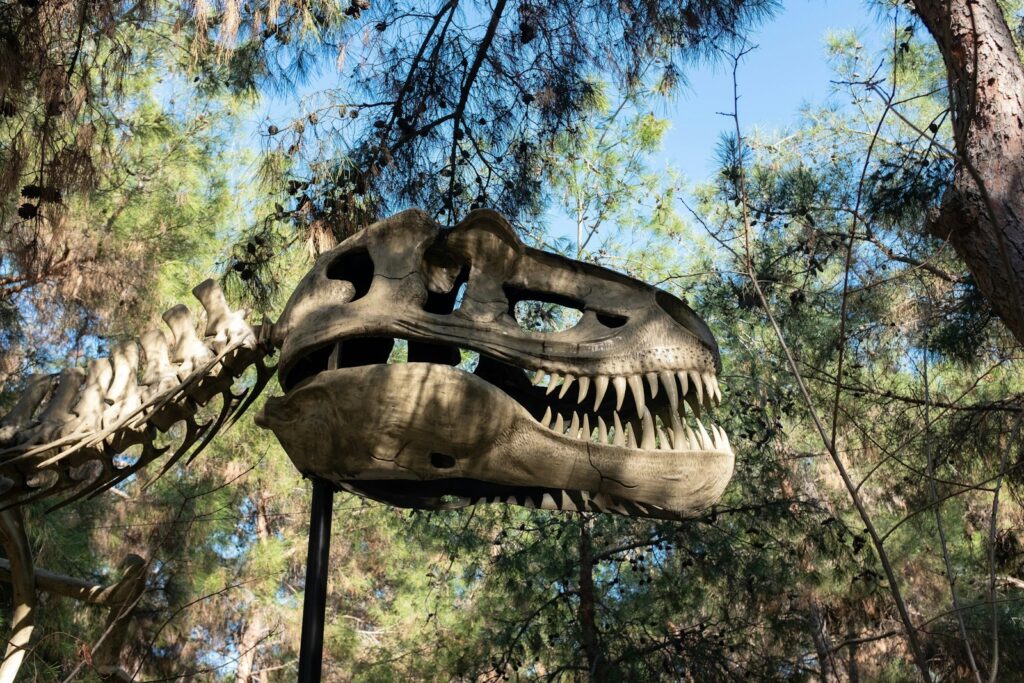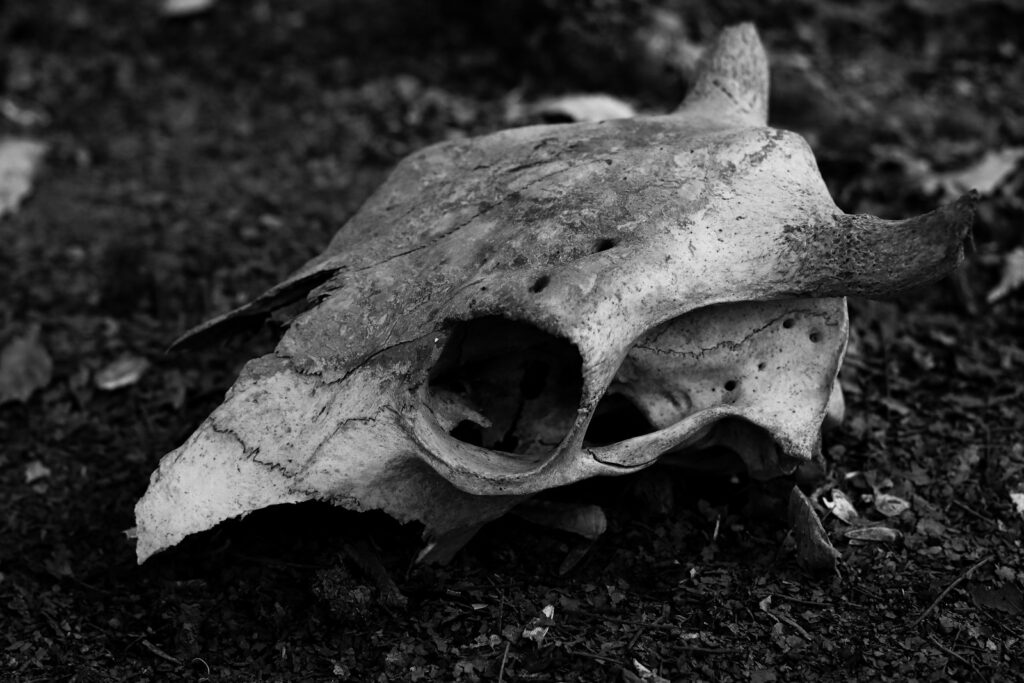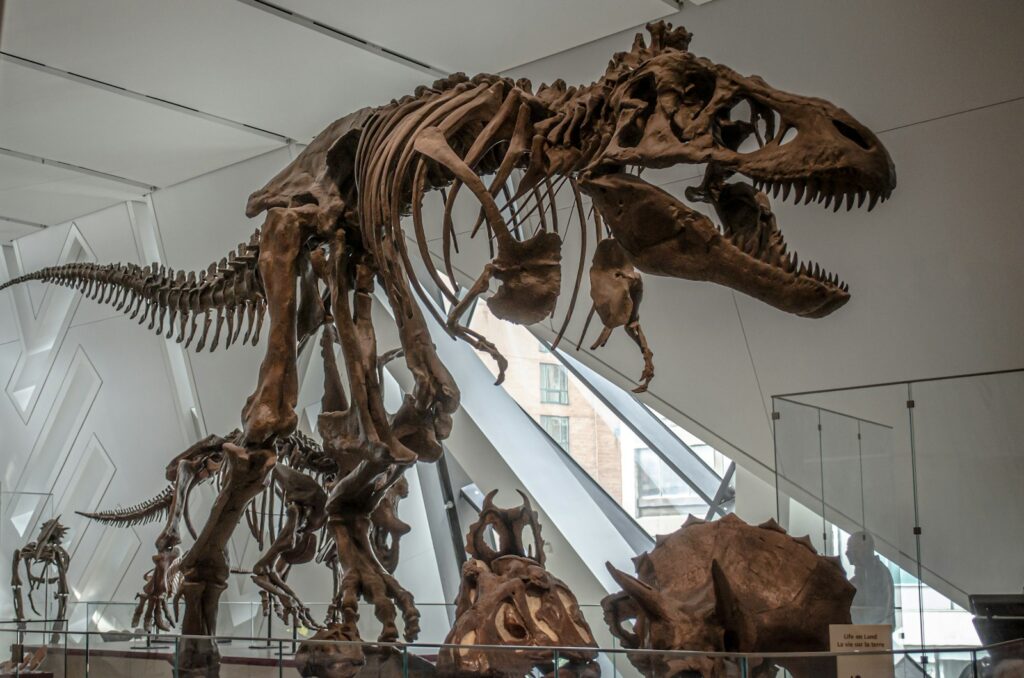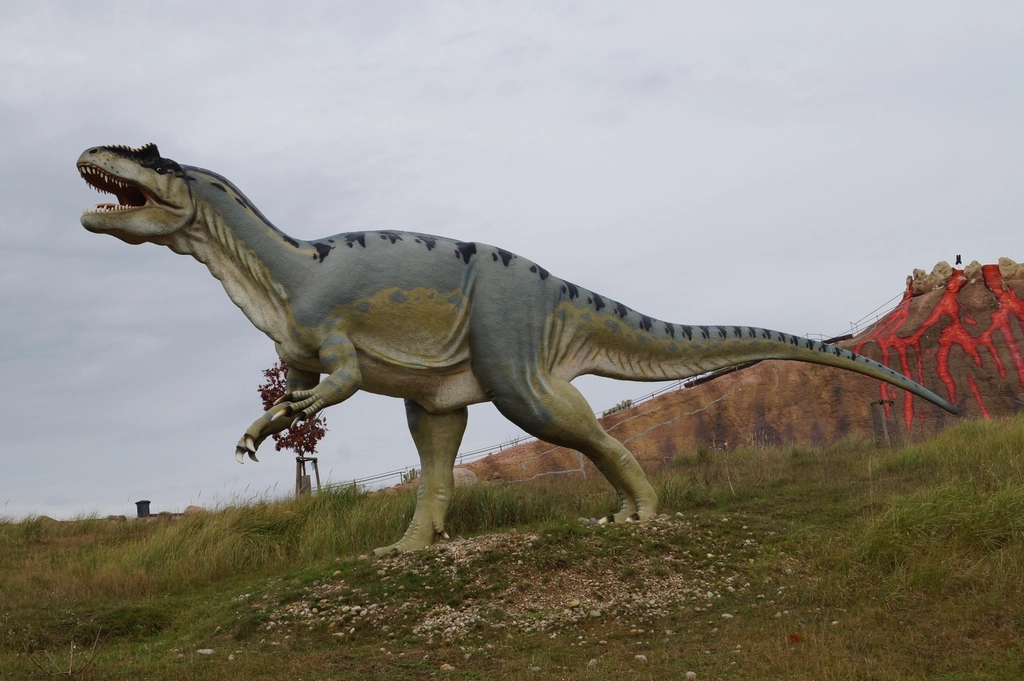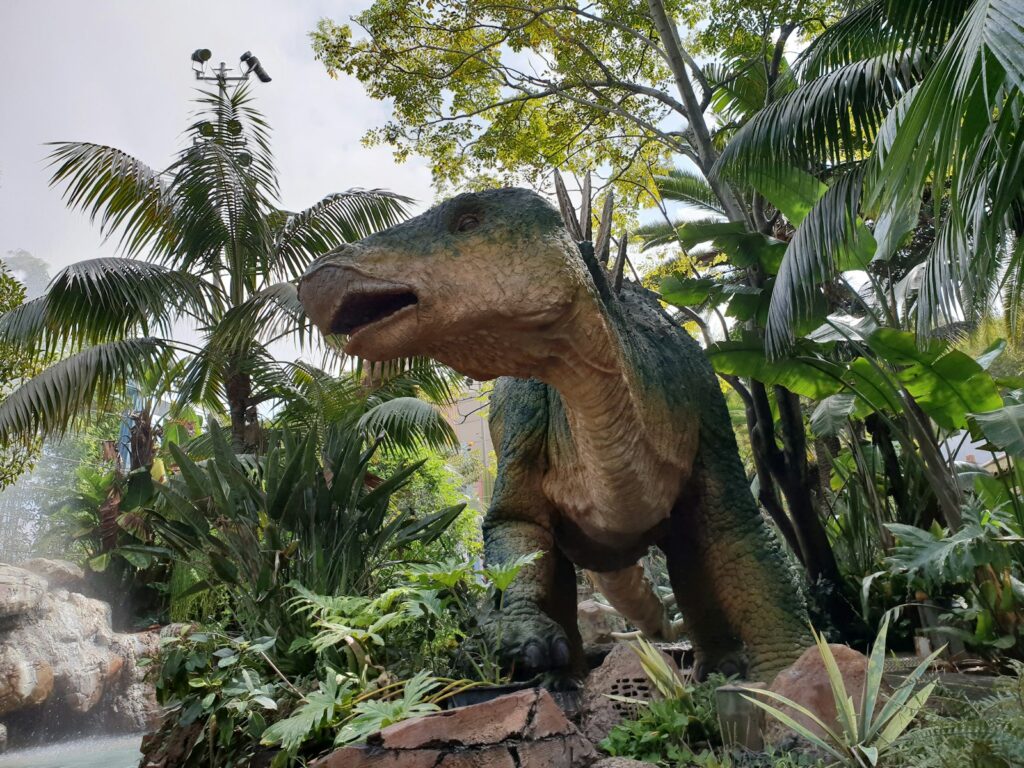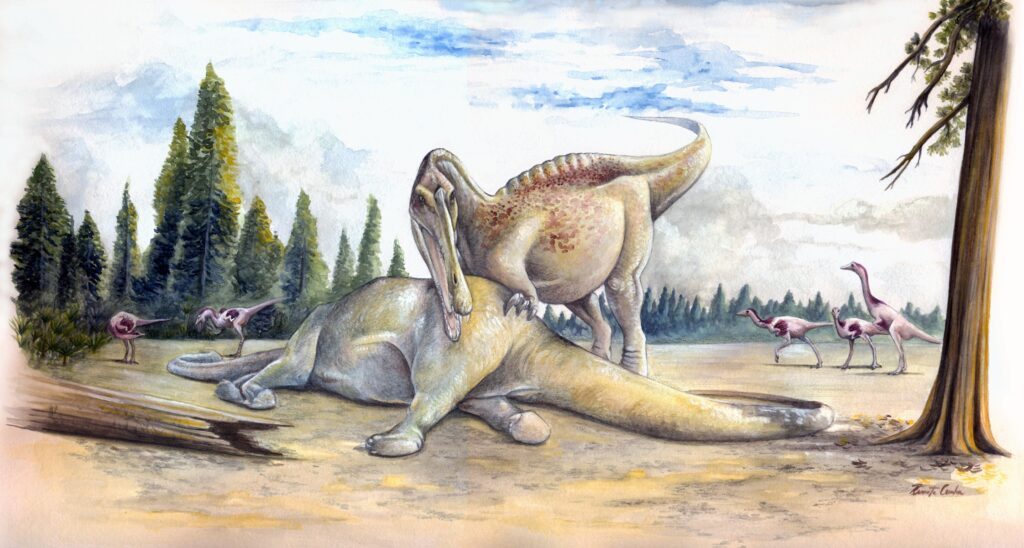Asteroids, Volcanoes, or Both? The Debate Over Dinosaur Extinction
Imagine a world where colossal creatures ruled the Earth for over 160 million years, then suddenly vanished in what scientists call one of the most dramatic mass extinction events in our planet’s history. The mystery of what killed the dinosaurs has captivated researchers and the public alike for decades, sparking fierce debates that continue to ...

